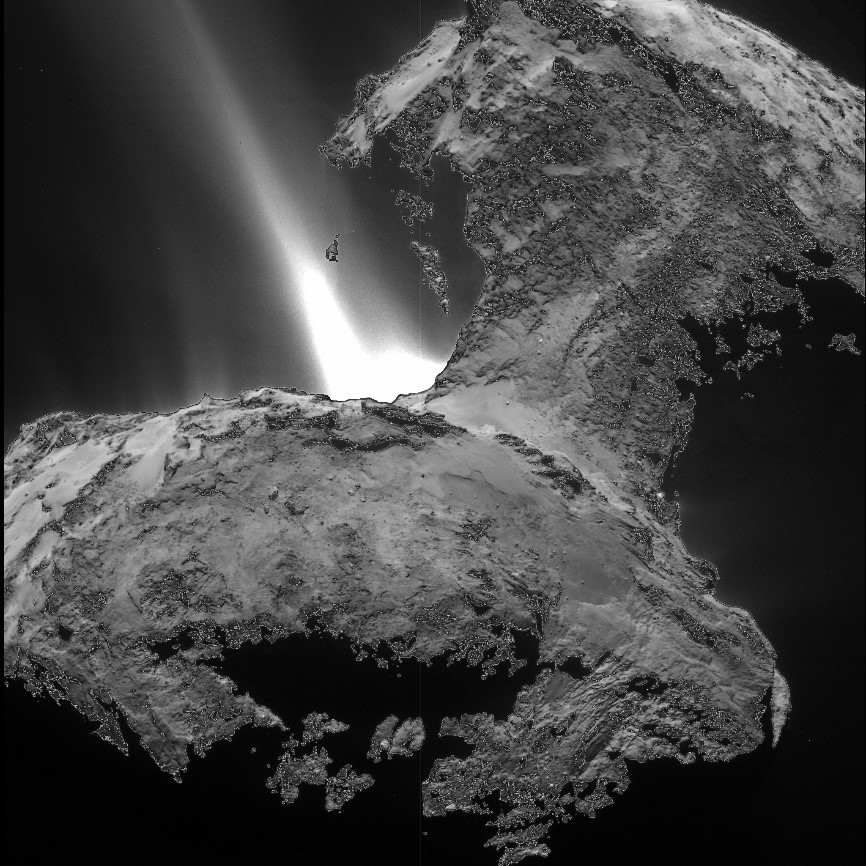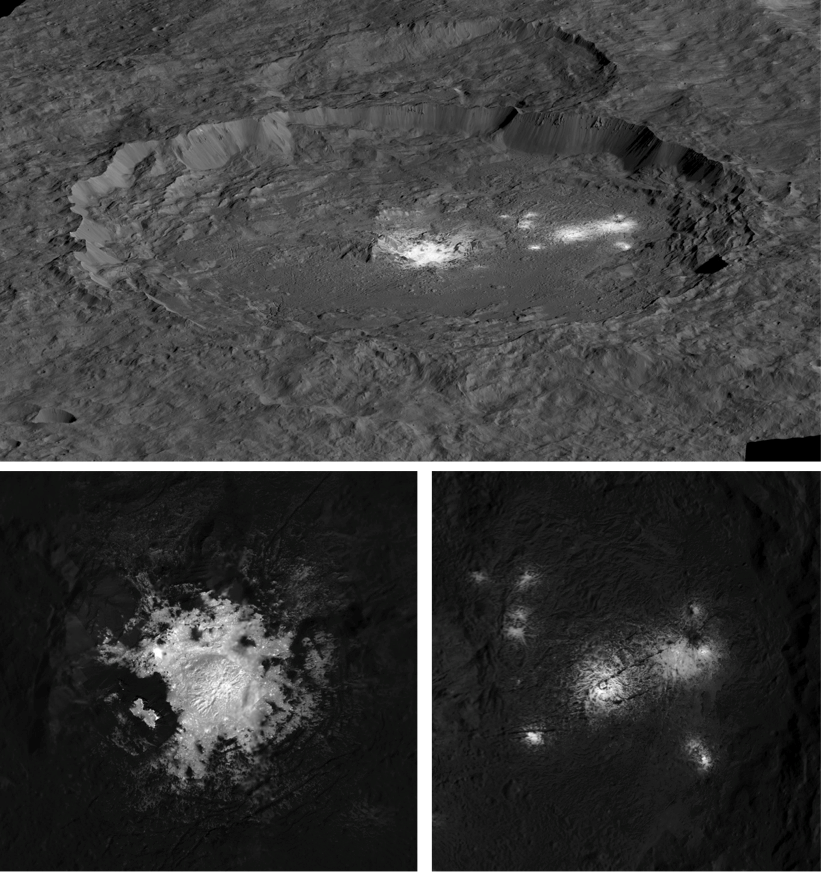Group Leader: SHI Xian
Group Members: HUI Man-To, SHI Jianchun
With the advancement of telescope capabilities and space technology, the exploration of extraterrestrial bodies has expanded beyond familiar targets like the Moon and Mars to include many previously unknown objects. Small bodies of the Solar System—such as asteroids and comets—contain rich information from various stages of our planetary system's evolution, making them a unique window into the history of the Solar System. Increasingly, deep space missions are targeting these small bodies, and the accumulated data have greatly enhanced both the breadth and depth of related research.
Research group “Exploration and Investigation of Solar System’s Small Bodies” at the Shanghai Astronomical Observatory was established in 2021. Its aim is to deepen our understanding of the formation, evolution, and habitability of the Solar System through the study of asteroids, comets, trans-Neptunian objects, and irregular satellites. By synthesizing multi-wavelength telescope observations, data from deep space missions, and high-fidelity numerical models, the group systematically analyzes the dynamical characteristics, physical and chemical properties, internal structures, volatile ice distribution, activity phenomena, and mechanisms of various small bodies, exploring their formation environments and evolutionary paths. Furthermore, using small bodies as a starting point and applying comparative planetology methods, the group investigates objects within the Solar System that may have once hosted—or may still host—habitable environments.

The water & ice evaporation and dust jet images of comet 67P/Curryumov Gerasimenko obtained by the Rosetta probe.

The image of the Occator crater on the surface of Ceres obtained by the Dawn probe, which suggests that there may still exists active partly underground ocean activities beneath it.
Speaker:Prof. Dr. Wladimir Neumann
Time:21/08/2025 (Thursday) 15:00
Location:Small conference room 3rd floor
Speaker:焦艺菲博士
Time:2025年8月15日 (周五) 14:00
Location:天文大厦三楼小会议室
Speaker:Prof. Daniel Hestroffer
Time:July 22 (Tuesday) 14:00,2025
Location:天文大厦三楼小会议室
Speaker:徐麒 博士 (国家空间科学中心)
Time:2025年 7 月 24日(周四) 上午10:30
Location:比邻星协同交流室A
Speaker:Andrzej Krankowski
Time:2025年7月21日上午10:00
Location:天文大厦三楼中会议室